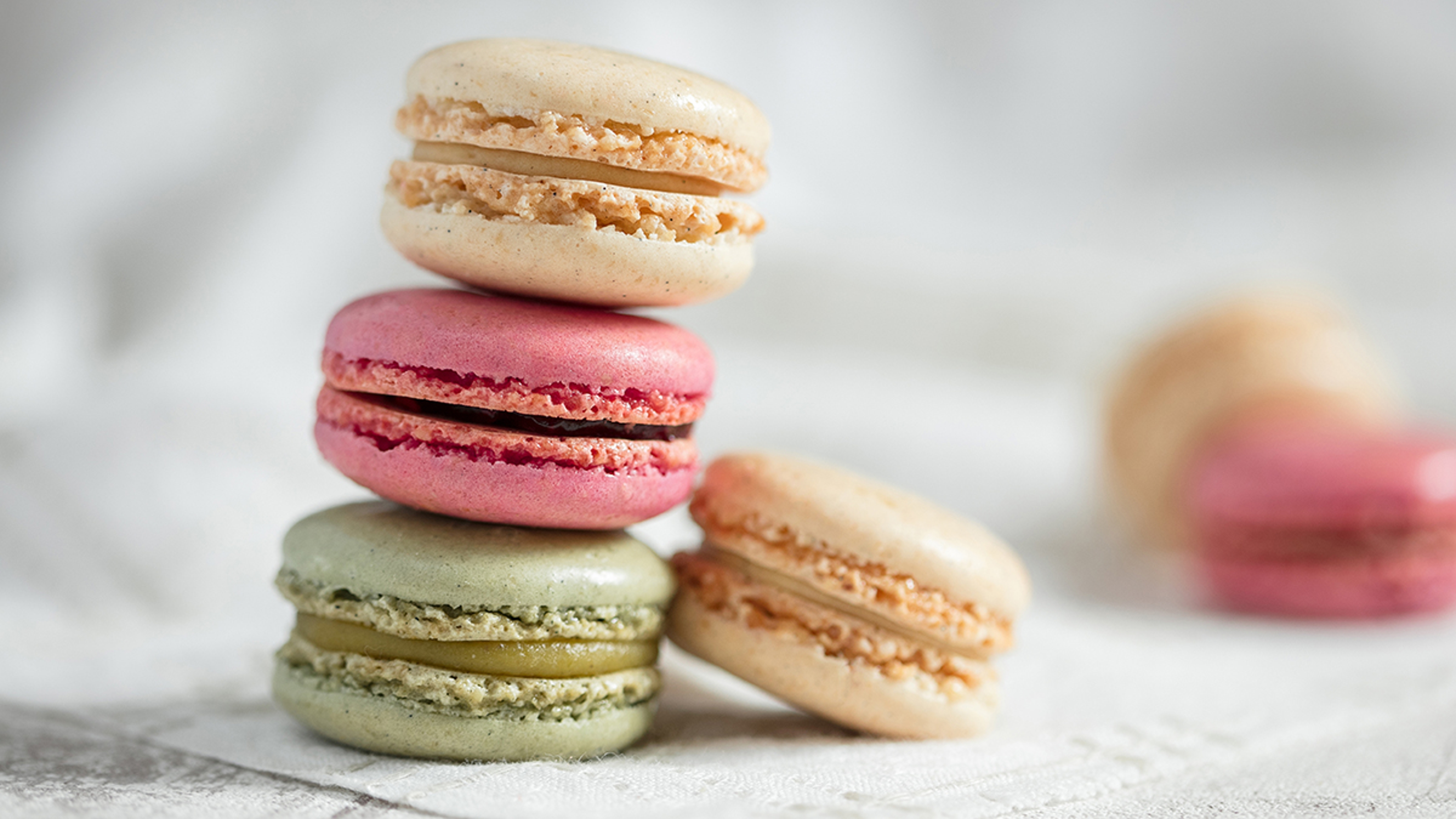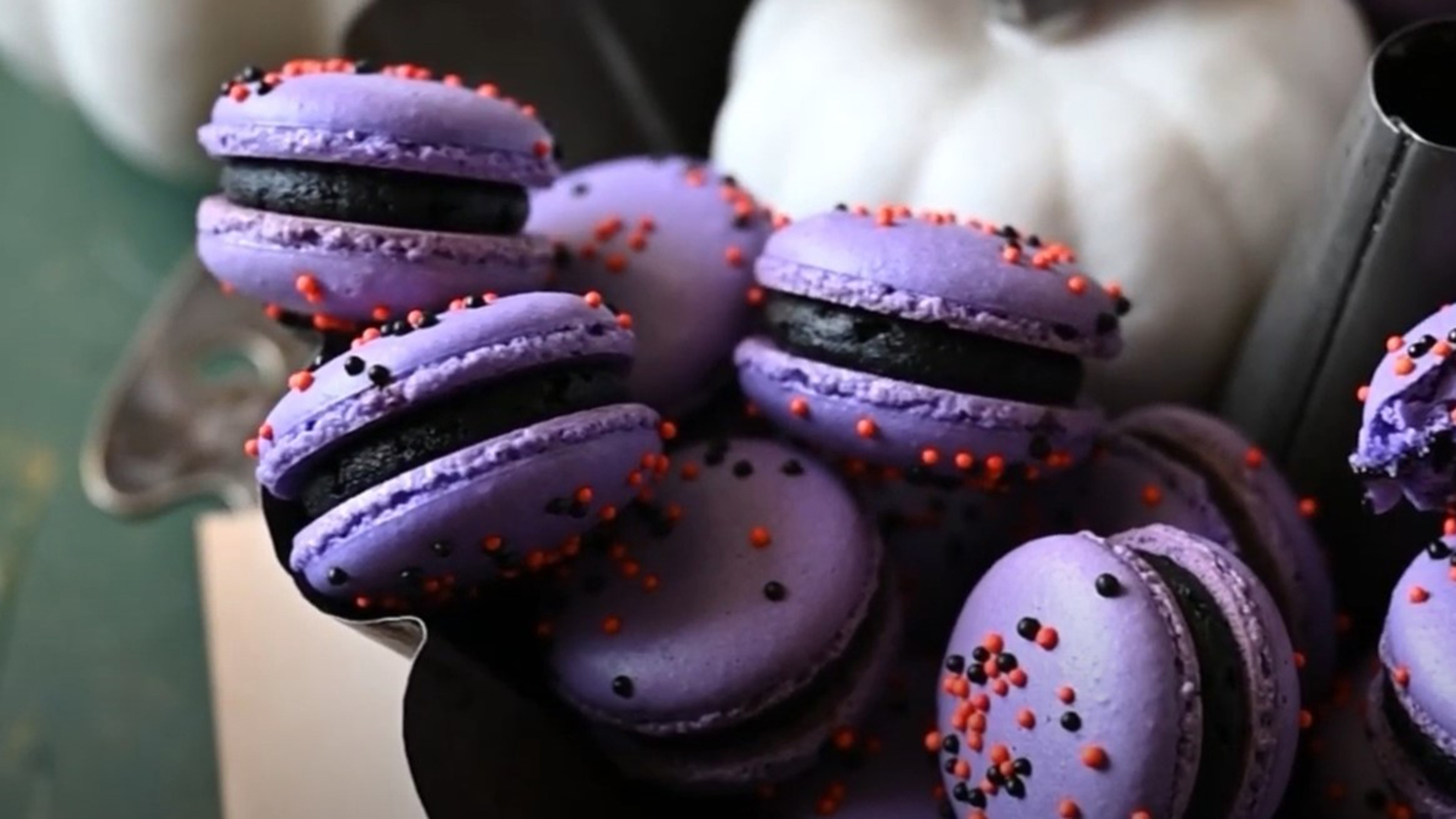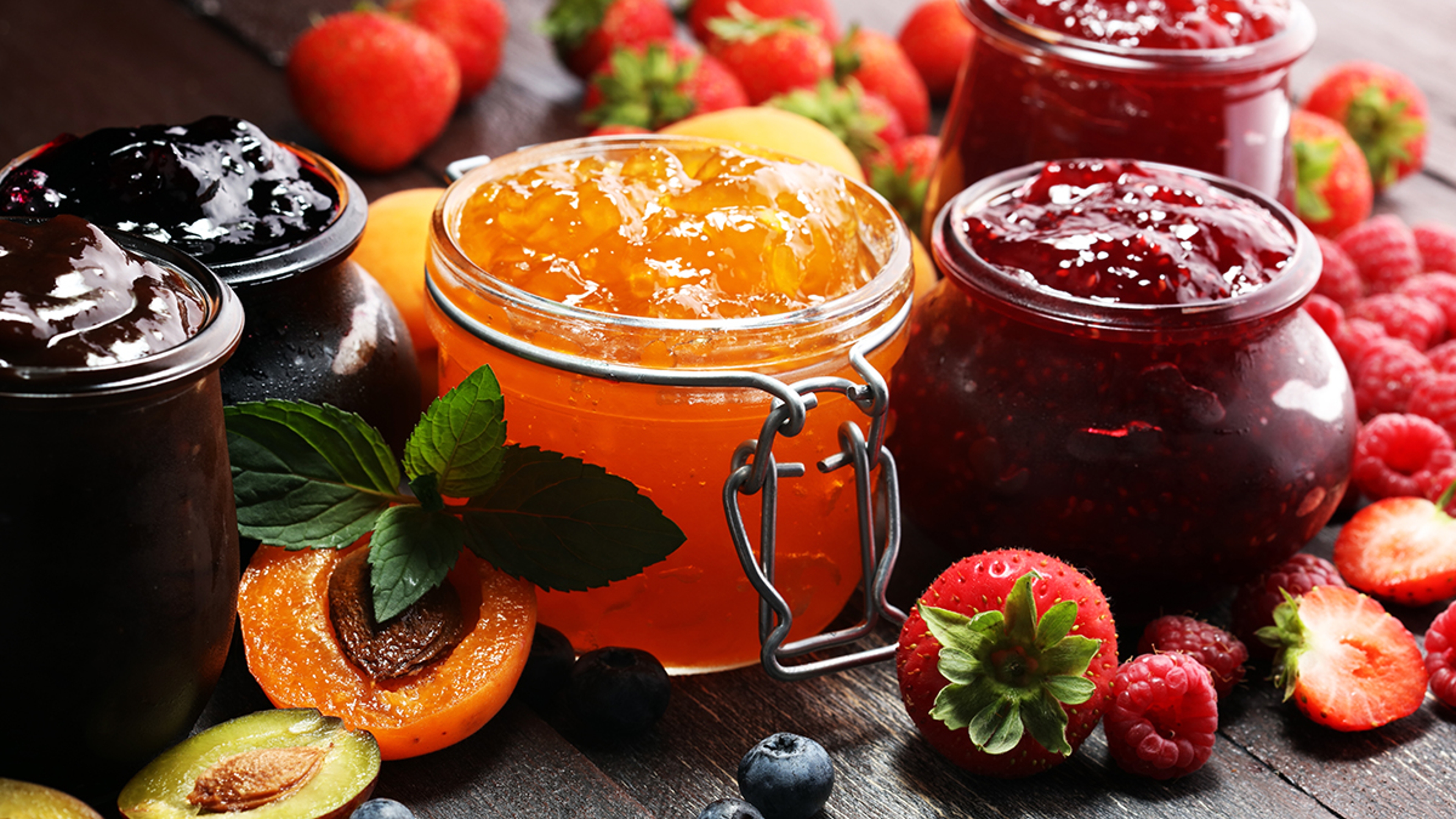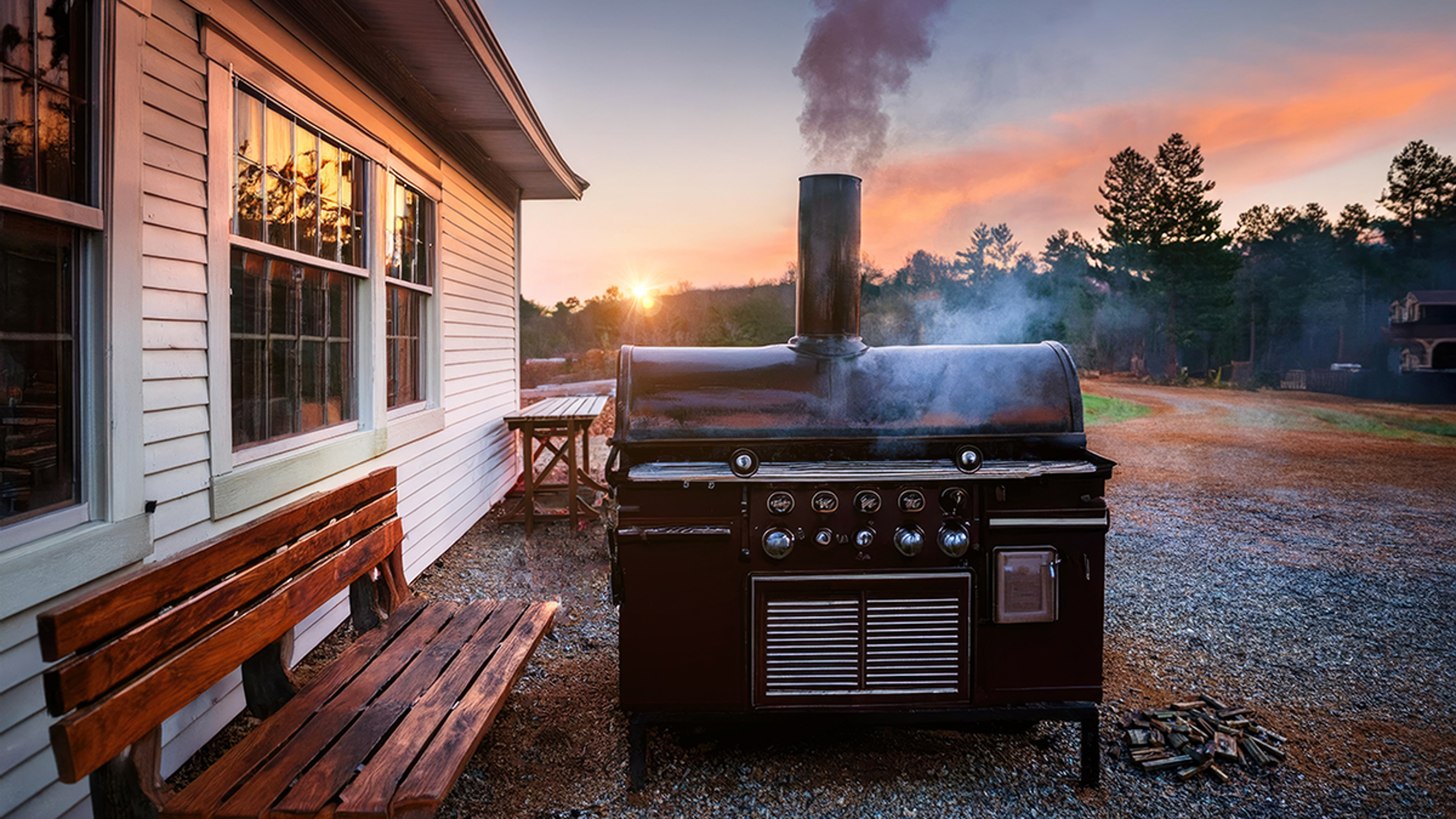Macaron vs. Macaroon: What's the Difference?
They might sound the same, but they're two completely different cookies.
Jan 27, 2025
The macaron/macaroon debate is a bit more complicated than the old “to-may-toe/to-mah-toe, po-tay-toe/ po-tah-toe" routine — at least in those cases you're still talking about the same produce! “Macaron" and “macaroon" are often thought to be the same cookie, but they are actually entirely different. Before we “call the whole thing off," though, let's get you acquainted with everything you need to know about these two celebratory sweets.
What is the history of the macaron?
The macaron dates to ninth-century Sicily and is etymologically related to the Sicilian word maccaruni — that's right, macaroni!
When Arabs conquered the Italian island of Sicily in the ninth century, they brought with them exotic spices, nuts, and their penchant for nut-based sweets, one of which was marzipan, a confectionary paste made of sugar, ground almonds, and egg whites. These new ingredients found their way into Sicilian dishes, including pasta and desserts. Eleventh-century records include sweet gnocchi made with almond paste, rose water, and sugar.
By the Middle Ages, marzipan paste spread from Sicily to France, becoming the base for a round, airy meringue French cookie called a "macaron." It wasn't until the 19th century that baker and businessman Louis-Ernest Ladurée developed the recipe for the brightly colored cookie sandwiches with a layer of buttercream, fruit jam, or chocolate ganache. Today, you can find macarons in a wide range of flavors, including orange blossom, pistachio, chocolate, coffee, lemon, black currant, and passionfruit. Fillings include curds, jams, jellies, and cream cheese.

What is a macaroon?
While coconuts had been imported to Europe since the 16th century, it wasn't until the 19th century that shredding coconut to prevent spoilage became the preferred method of transport. Nineteenth-century French bakers introduced a less labor-intensive cookie, replacing the almond paste in macarons with shredded coconut and mixing it with a whipped egg white and sugar base. Thus, the “drop cookie" — one that uses a spoon rather than a piping bag to drop batter onto a cookie sheet — and the macaroon were born.
Well, there you have it folks! Which team are you on? And if you have the hankering to make your own macarons (albeit Halloween-themed) click here.
.svg?q=70&width=384&auto=webp)









